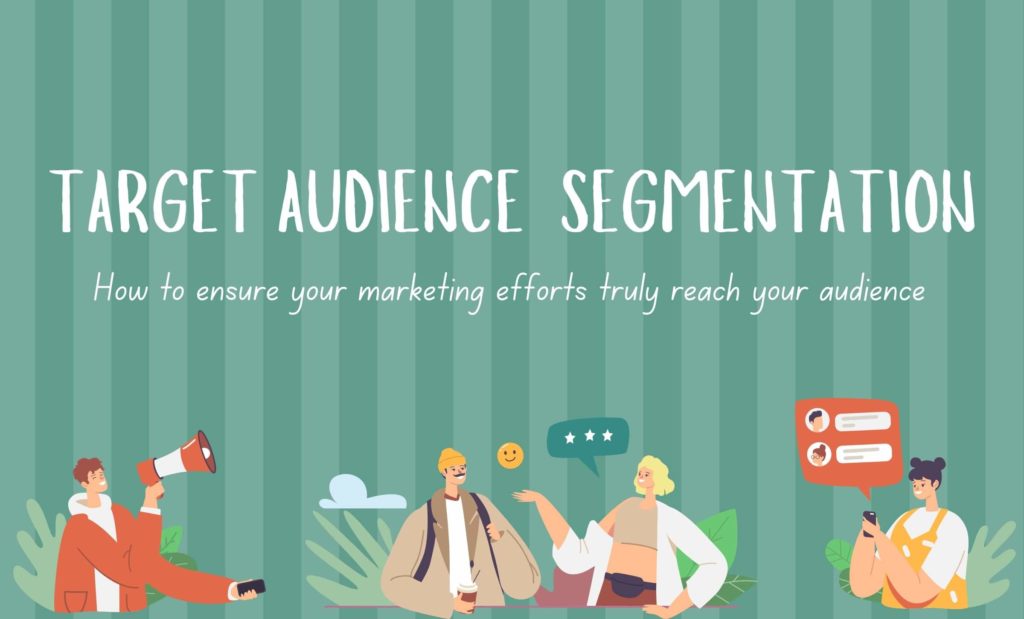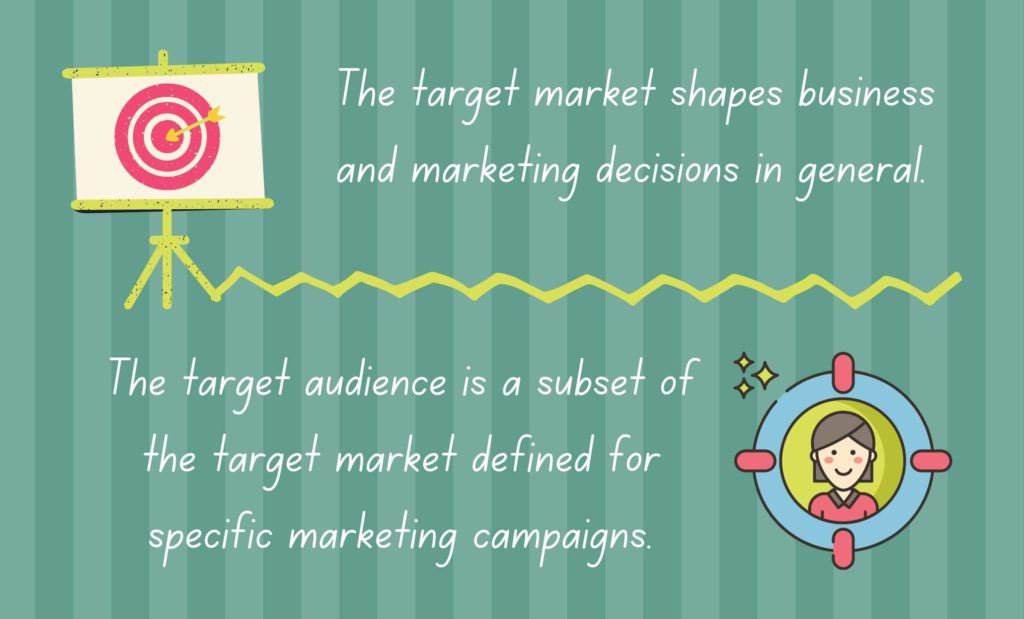
Target Audience Segmentation ensures your marketing efforts go beyond hollow catchphrases that perish in the advertising void. If you’re not sure how to address your customers in a way that genuinely speaks to them, this article is for you!

The Real Deal
Yes, we like to think of customers in this funky abstract way—like chess pieces or little wooden figures that we can easily arrange on a mental marketing board. And once we set our plan into motion, these reliable and obedient parts better fall into the trail we have carefully arranged for them: like our posts, purchase our products, and recommend our services to friends and family. Right? Well, it’s not quite like that. After all, customers are real people with real characters, needs, and expectations.
This is a crucial insight, and many marketers think they are well aware of it. But, truth be told, how many businesses actually collect, analyze, and use actionable insights into their customers’ real-life wants and needs? For example, how many understand what makes their products pull in a particular audience segment? Better yet, are they even aware of the different types of buyers that their services already appeal to or could appeal to?

If you’re also at a loss for precise answers, then target audience segmentation might be just what your business needs to ensure its marketing efforts and marketing budget are not spent in vain.
To get you started on the path to better and more efficient marketing, we’ll cover quintessential questions: what is audience segmentation, how to segment an audience, and how to ensure that your marketing efforts reach the right people.
Target Market vs. Target Audience
In a broad sense, target audience segmentation is similar to another marketing technique called the buyer persona. Both seek to understand a target audience in minute detail and draw actionable plans from the insights they uncover. But first, let’s understand the difference between a target market and a target audience, as these two notions are easily confused:
- A target market defines a segment of customers most likely to look for, want, or need a business’s services or products.
- A target audience is a bit narrower and refers explicitly to a group of consumers targeted by advertisements. For instance, “healthy energy drinks enthusiasts age 18 to 40 living in the Tri-State Area.”
This makes the target audience a more specific and well-defined subset of the target market, with a crucial role in your (online) marketing campaign decisions. By contrast, the target market shapes business and marketing decisions in general.

What is Audience Segmentation?
Both the market and audience segmentation strive to divide a target public into smaller and more specific groups, but with slightly different goals in mind. Let’s break this idea down just a little further:
- Market segmentation is a business and marketing strategy that identifies different customer groups in any large audience. In a best-case scenario, each group is then studied and presented with the kinds of products that best appeal to their specific interests to trigger a purchasing decision.
- Audience segmentation is a marketing and advertising strategy focused on finding subgroups within your target audience to deliver tailored and compelling messages. Ultimately, they’re also meant to trigger a purchasing decision.
To put it even more simply:
- The market segmentation strives to uncover what kind of people are most likely to engage with your brand and its products. Then, it elaborates specific strategies for each subtype (broad goal).
- The target audience segmentation tries to reveal the precise audiences most likely to engage with and respond to your advertising efforts (e.g., a tailored Facebook ad) so that each segment receives a tailored ad that convinces them to act (specific goal).
But take all of this with a pinch of salt. Because they overlap to a great extent, these two terms are frequently used interchangeably.
How to Segment an Audience & Types of Audience Segmentation
Now, you might start wondering how to go about segmenting your own audience. Luckily, marketing experts have already defined several target audience segmentation strategies. We’ll be focusing on the most widespread one, which describes four main types of audience segmentation:
- Demographic segmentation: segmenting an audience based on demographic features (such as ethnicity, religion, age, income, education, gender).
- Psychographic segmentation: segmenting an audience based on psychological characteristics (beliefs, values, subconscious emotional associations, social status, lifestyle, opinions, and preferred activities).
- Behavioral segmentation: segmenting an audience based on behavior patterns (such as the content they consume and how they go about making a purchase)
- Geographic segmentation: segmenting an audience based on geographic location (people who live in or shop in a particular area). This type of segmentation assumes that people in a specific place develop have similar wants, needs, and social characteristics.
Of course, audience segmentation isn’t a manual task, where you take a piece of paper and lay down potential audience segments based on how you envision your customers. Instead, you need large amounts of factual data. So, as with all things marketing, many audience segmentation tools have been developed to gather and automatically analyze relevant data on your audiences.
Some of these tools are particularly great for businesses that own a website. For instance, Google Analytics is the gold standard in web audience analytics because it offers marketers extremely robust insights into a website’s traffic (the people who visit a particular site and their interactions with it).
Does Target Audience Segmentation Work for Every Business?
Yes, and that’s because each business has different types of people in its target audience. These people have various wants, needs and exhibit different behaviors. Therefore, you can use audience segmentation insights not only to tailor ads to each sub-type but also to improve your products and solutions. Ex: food industry B2B vs. B2C: customer experience personalization.
Some of its tremendously impactful benefits of using audience segmentation include:
- Aim campaigns at the people most likely to purchase your products (hyper-targeted ads)
- Identify marketing tactics that make the strongest impact on each segment
- Overcome competition by speaking your customer’s language
- Learn the right approach for each type of customer
- Build stronger relationships with different types of buyers
- Create more convincing messages that drive higher engagement
- Save time, money, and other valuable resources which would be otherwise spent on the wrong audience (i.e., people not interested in your products).
Wrapping Up
As we have seen, target audience segmentation can drastically transform your marketing campaigns. Not only can it make your ads more impactful and effective, but it also helps you draw actionable insights into how to better manage your marketing budget and what to focus on when writing a long-term marketing strategy.
We also know that it’s hard to get started by yourself. If you need a digital marketing expert in the food industry to help you learn about different segments in your audience and how to build a growth-oriented strategy based on them, then be sure to reach out!


